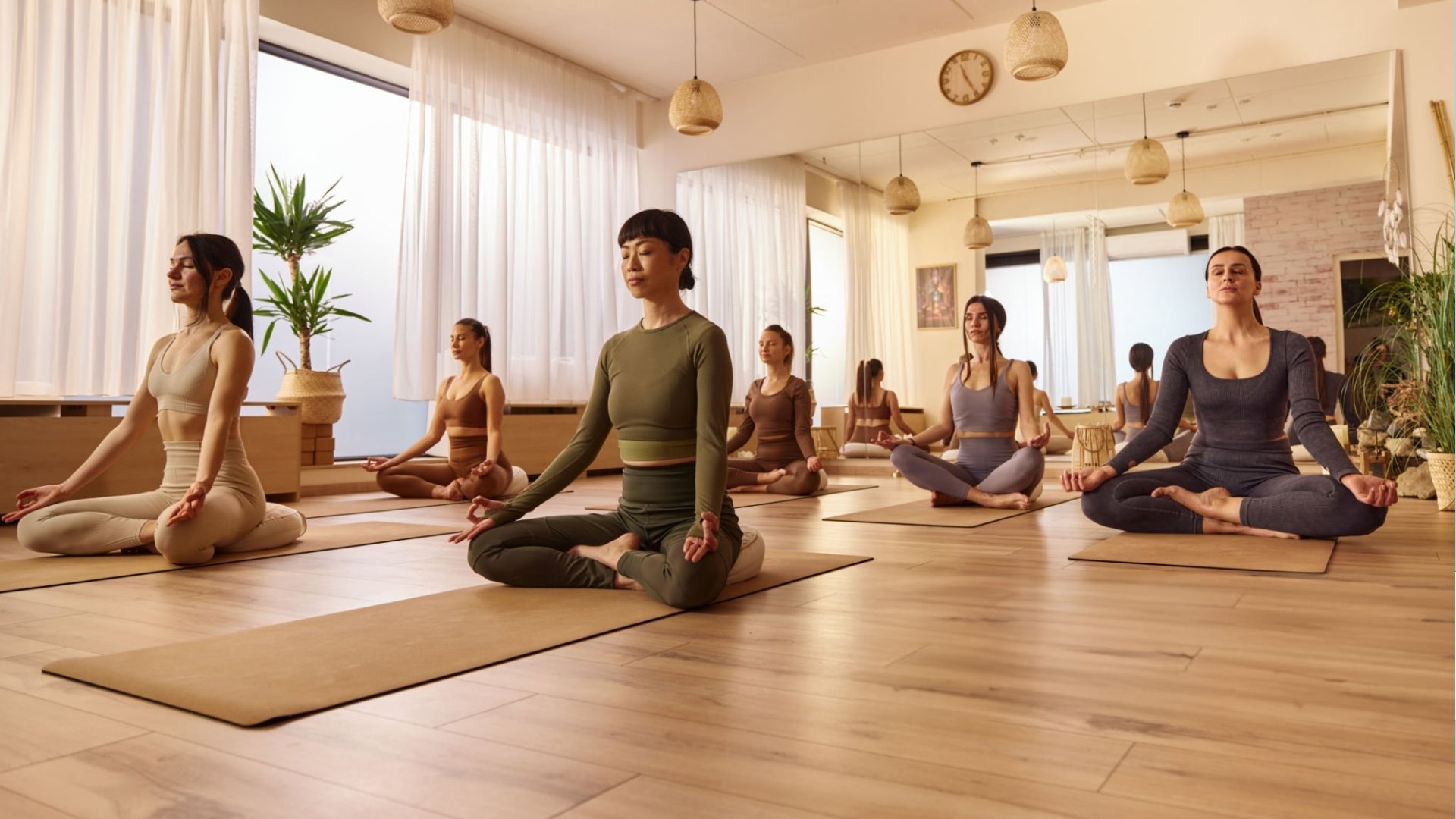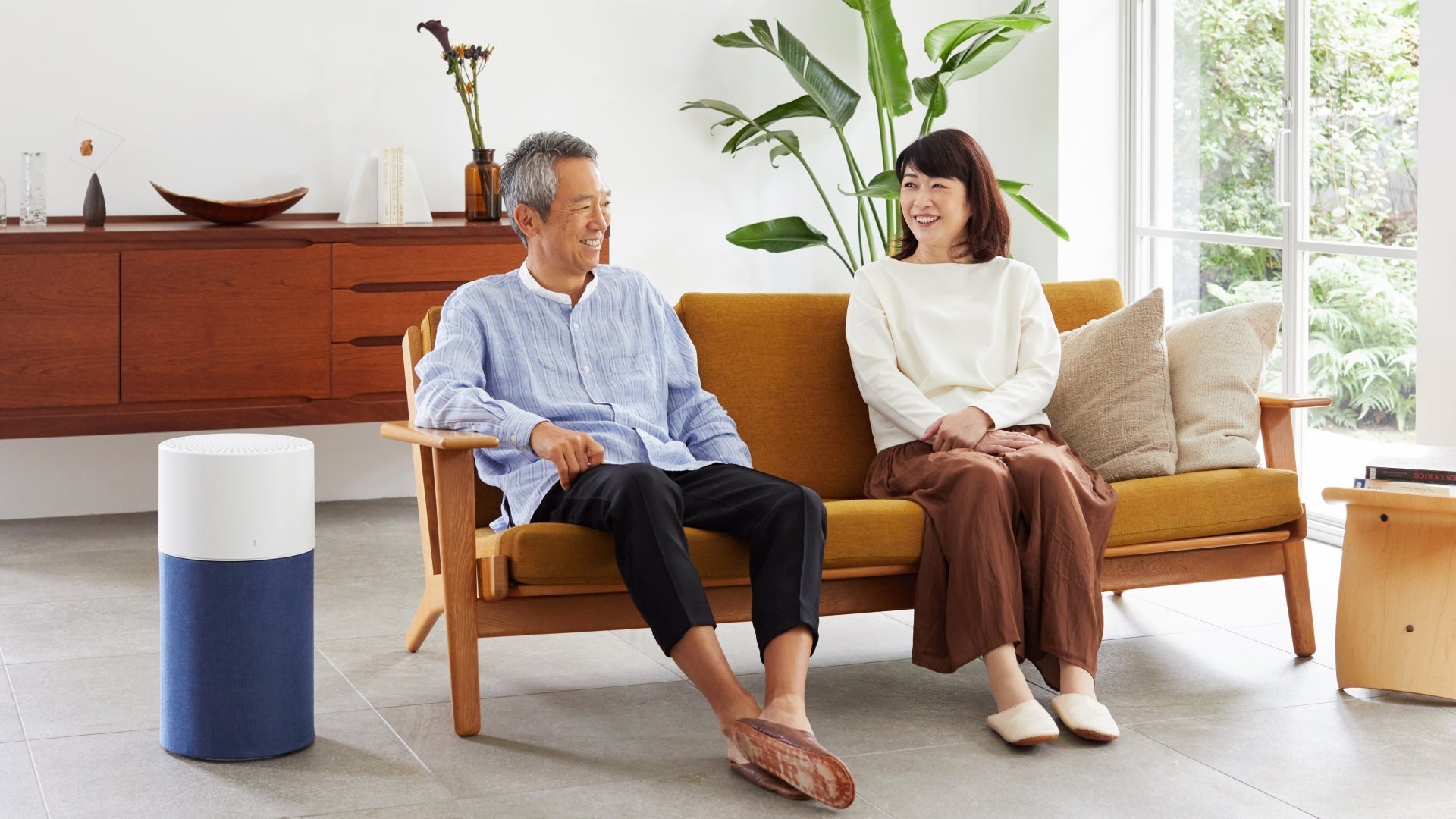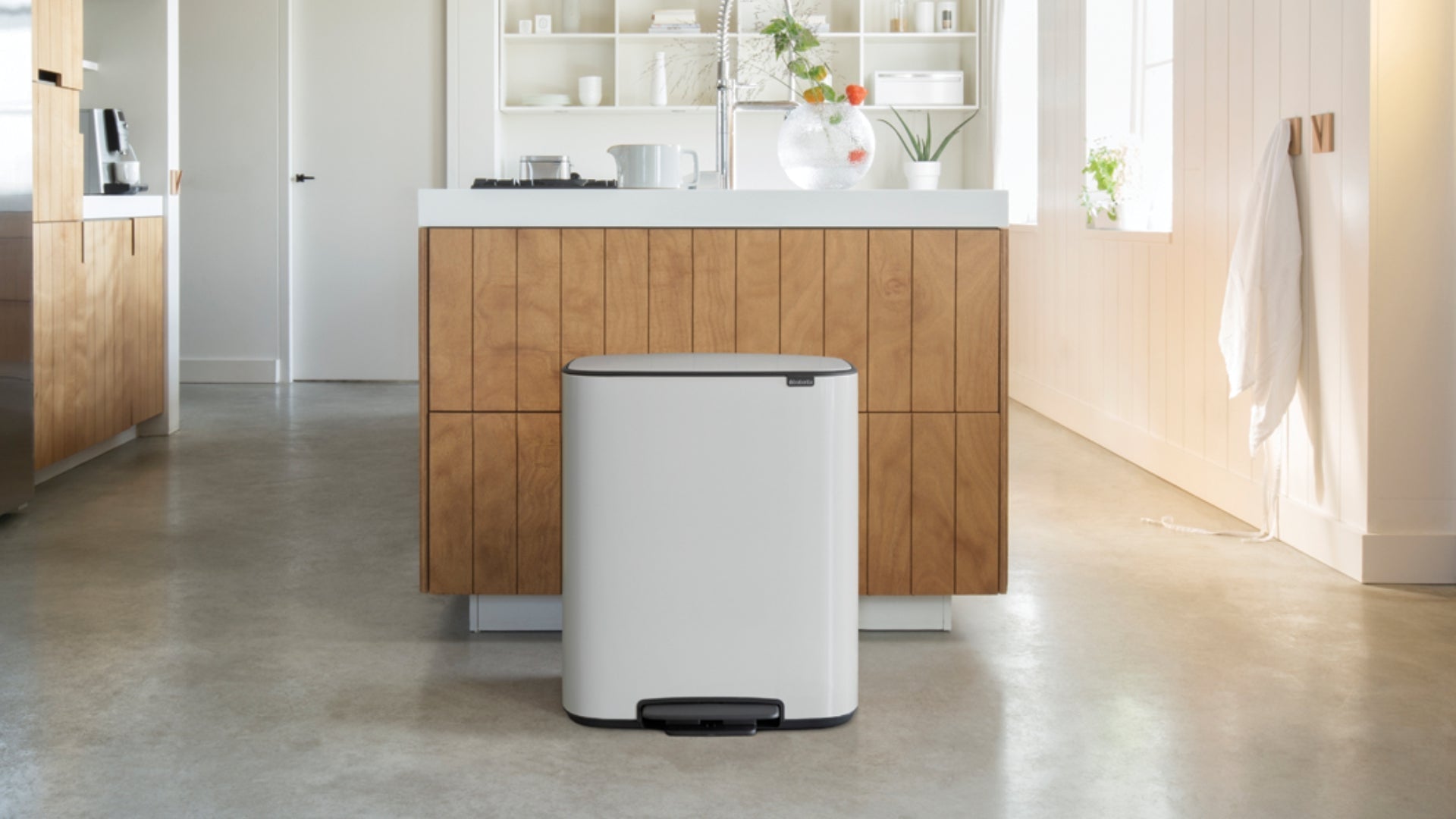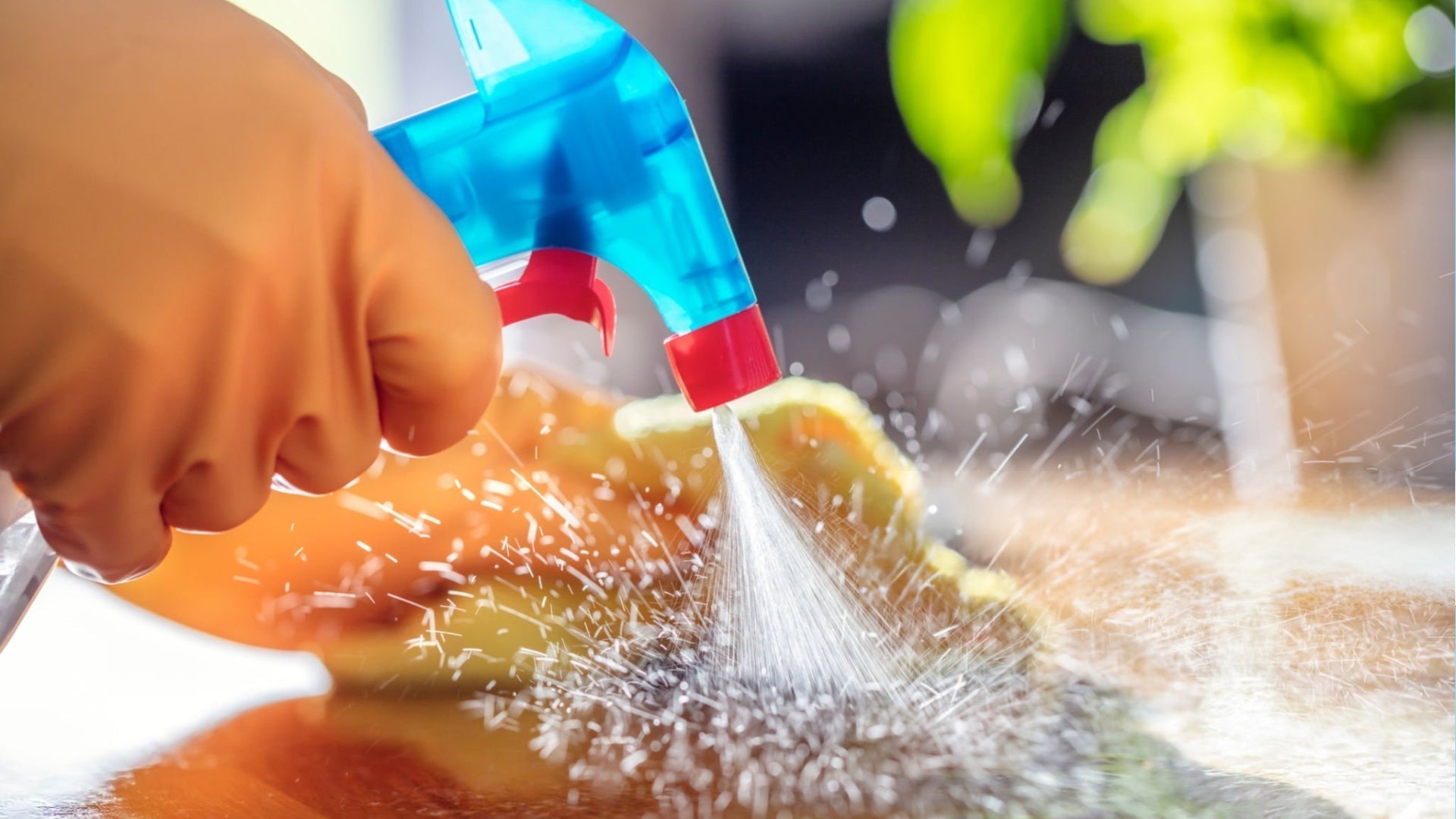- Bali’s middle class and resident community invest heavily in wellness — yoga, gyms, padel, pilates, detox — yet often overlook the quality of the air they breathe.
- Air quality data shows Bali’s PM2.5 levels (15–20 µg/m³) exceed WHO’s safe guideline (5 µg/m³) by over 3x, worsened by traffic, construction dust, and open trash burning.
- Poor indoor air undermines exercise performance, recovery, sleep, and long-term health, even for those leading healthy lifestyles.
- Blueair purifiers remove ultrafine particles, smoke, and VOCs — making clean indoor air the simplest, most effective wellness upgrade for homes, gyms, and studios in Bali.
In Bali, a culture of wellness is in the air - literally. Walk into most neighborhoods, and you’ll spot people sprinting on shuttle runs, paddel in courts, doing sun salutes at dawn, or seeking solace in cold-pressed green juices and detox cleanses. The island’s middle class, locals and newcomers alike, have embraced rounds of self-improvement: gym memberships, yoga retreats, pilates studios, HIIT classes—and with good reason. Health is wealth, and Bali is fertile ground for that ethos.

Yet in this well-intentioned pursuit of balance, one critical dimension often goes unnoticed: the air you breathe indoors. No matter how many laps you swim, how clean your diet, or how strict your sleep ritual is, your lungs are still exposed—especially when Bali’s ambient air is less pristine than romantic lore suggests.
The Invisible Challenge: Bali’s Air Isn’t Always Breathable
Air quality data from monitoring sites typically show Bali’s PM2.5 reading hovering around 20 µg/m³, putting it in the “Moderate” to borderline “Unhealthy for sensitive groups” band and above 3× the WHO’s annual guideline.

Plastic, household trash, and industrial waste are persistent challenges in Bali. A major recycling effort in Jembrana, for example, has struggled to collect its target volume; broken vehicles, faulty equipment, and financial issues have left many areas underserved. As a result, some residents resort to burning trash behind their homes or at local landfills.
Open burning of waste is a known culprit of air pollution globally: it releases fine particulate matter, black carbon, volatile organic compounds (VOCs), and other hazardous gases. When this combustion happens near villages, neighborhoods, or even open fields, the smoke and pollutants do not stay outdoors. Along with gaseous irritants from vehicle exhaust, dust from construction, VOCs from paints and furnishings, they drift indoors, infiltrating homes, studios, and gyms. Even well-ventilated houses aren’t immune. Over time, this hidden air burden can diminish respiratory function, worsen allergies, and subtly undercut your peak performance.

Why Clean Indoor Air Matters More Than You Think
Let’s revisit the core paradox: you can invest time, discipline, money into nutrition, fitness, yoga, meditation. But if the air you’re inhaling remains tainted, some of those gains are eroded.
- Exercise & recovery synergy: When you train, your lungs take in much more air per minute. If that air carries particulates or irritants, your return on effort is lowered—difficulty breathing, inflammation, throat irritation.
- Restorative sleep: Even a premium mattress or blackout curtain can’t compensate for dusty, impure air. Poor air hinders sleep quality, increases micro-arousals, and may elevate cortisol.
- Allergies, asthma, and inflammation: Removing allergens, mold spores, VOCs, and airborne irritants reduces triggers that can inflame airways, especially in people sensitive to environment changes.
- Longevity & cumulative load: The body accumulates environmental stressors over time. Cleaner air means fewer insults to the lungs, cardiovascular system, and immune function.
Studies and user reports indicate that top air purifiers—especially those using advanced HEPA based filtration—can remove over 99.9% of airborne particles as small as 0.1 micron. Blueair, in particular, claims high filtration efficacy down to 0.1 µm via their HEPASilent (mechanical + electrostatic) tech.
Moreover, Blueair’s Classic Pro CP7i has earned certification from the Asthma & Allergy Friendly® standard—demonstrating its ability to reduce allergens effectively under rigorous testing.
The Low-Effort Secret That Should Be on Your Radar
Here’s the compelling pitch: while workouts, clean eating, and retreats require time, energy, discipline and consistency, breathing cleaner air is a less visible but high-leverage ally. It doesn’t require extra moves, minutes, or dietary sacrifice—just a smart, consistent setup in your living, sleeping, or workout spaces.
Install a Blueair unit (or two) in bedrooms, living rooms, yoga studios, or gym corners. Let it hum quietly in the background while you sleep, meditate, or work out. Over weeks and months, you’ll often feel less throat irritation, fewer allergy flare-ups, gentler breathing during exertion, and cleaner rest.

Optimizing for Bali: What to Look For
- CADR / Clean Air Delivery Rate suited to the room size (bedroom, villa lounge, gym).
- Low noise so it doesn’t disturb your focus, sleep, or yoga space.
- Low energy consumption, so you don’t dread high electricity bills
- Certified filters / allergen standards, like AAFA’s certification, adding credibility and peace of mind.
- Smart sensor & app monitoring, so you can track indoor pollution and see when to escalate filter speed (some models offer that).
A Breath Toward True Balance
In Bali’s wellness scene, it's all too easy to equate effort with results: push harder, eat cleaner, meditate longer. Yet sometimes the most powerful interventions are the ones you barely notice—which quietly remove friction, resistance, and hidden stress from daily life.
If you care enough to join a new yoga class, refine your diet, or up your recovery game—ask yourself: is your indoor air also supporting your goals? For Balinese professionals, creatives, fitness-minded locals, and long-term residents, adding a high-performance air purifier into your wellness ecosystem is neither a luxury nor a gimmick—it’s a foundational upgrade.
Start by placing a Blueair in your bedroom. Breathe for a week. Feel the difference. Then expand. Because in the pursuit of holistic balance, sometimes the quietest changes yield the richest returns.
Sources:






Bagikan:
When the Rains Unleash: Bali’s Flooding Crisis and Hidden Indoor Risks
Jakarta: Air Pollution Strikes Back